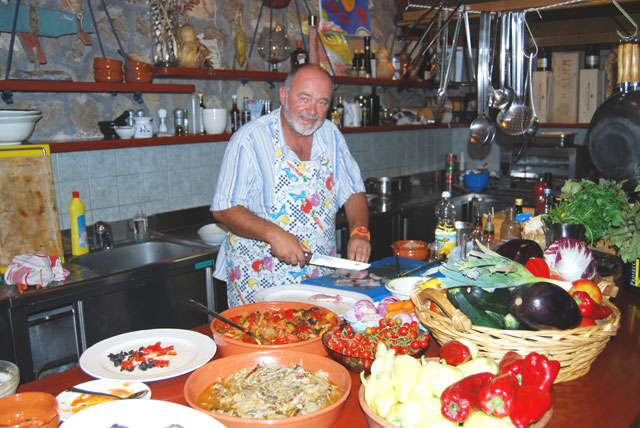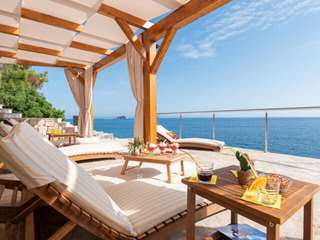- Mediterranean climate
- 5,800 kilometres of glorious coastline
- Over 1,200 islands
- Population: 4.3 million
- Finalists in 2018 Football World Cup
- Nikola Tesla: scientist and inventor, born in Croatia in 1856.
Croatia emerged as an independent state in 1990 with the break up of the Republic of Yugoslavia. Its ease of travel (2-3 hour flight) from anywhere in Europe, its spectacular coastline, cuisine and cultural heritage make it a natural holiday destination.
The coastline, which faces Italy across the Adriatic Sea, is studded with over 1200 islands of which 48 are inhabited. The total coastline length of the islands and the heavily indented mainland coast is an extraordinary 5800 kilometres with hundreds of pebble and sandy beaches, sheltered bays and stunning headlands. Croatia has a Mediterranean climate similar to Italy or the South of France. The Croatian coast typically experiences over 300 sunshine days a year. The Adriatic is beautifully clear and unpolluted and with summer sea water temperatures of well over 20 degrees is ideal for swimming.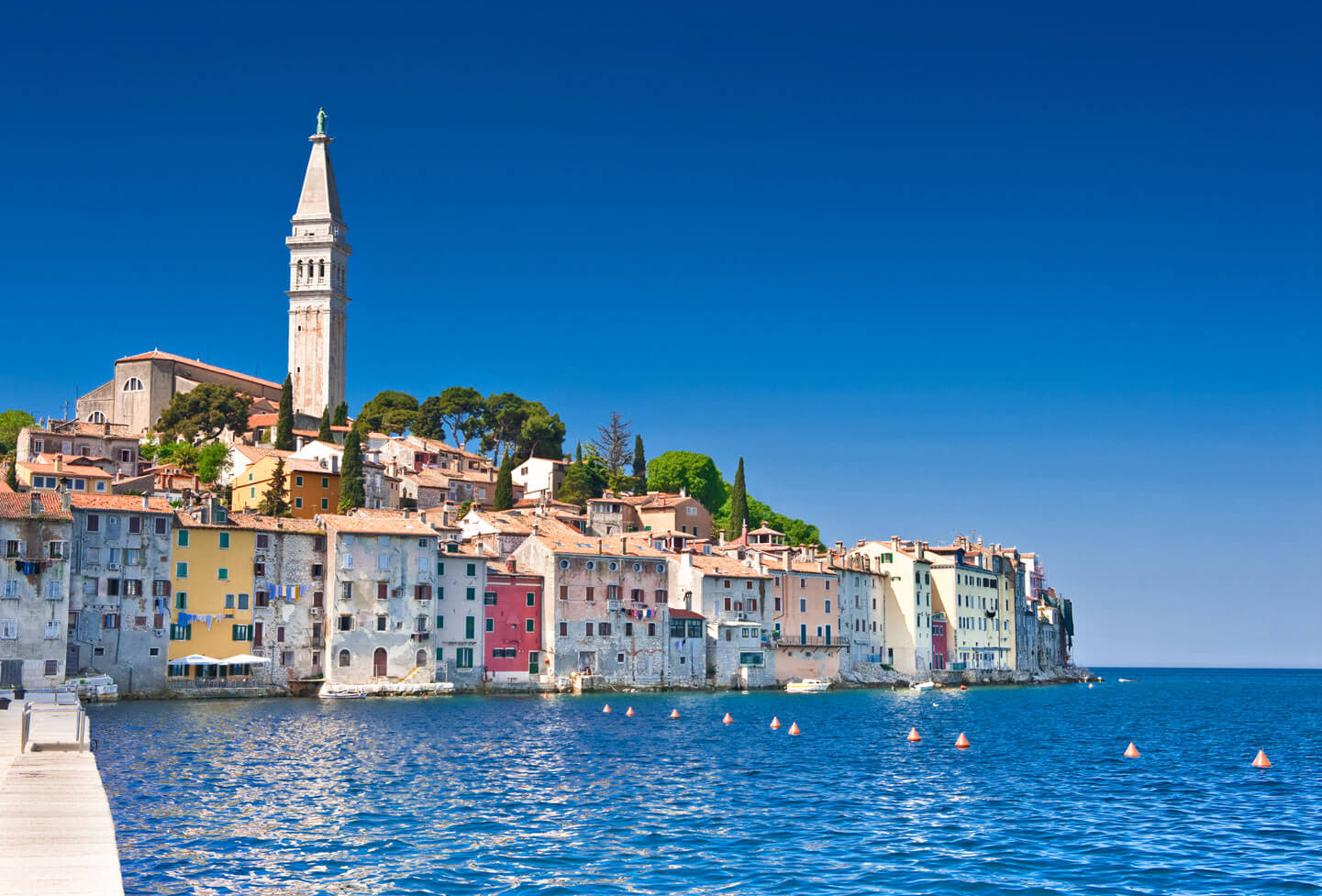
History and Culture
Croatia has a rich culture and history. The Roman were there and left their mark, such as the 1st Century amphitheatre in Pula (the sixth largest in the world) and the spectacular Diocletian’s Palace in Split. The later Venetians influence is apparent everywhere in the architecture of the towns on the coast and islands as many of these towns were under Venetian control during the middle ages. The churches and public buildings, the noblemen's grand summer palaces and the local town or village houses of the period all enrich the character of the region. English, French, German and Italian are widely spoken in Croatia and our guests often comment on how friendly the people are.Landscape and scenery in Croatia
Croatia, with its clear water and numerous islands, is a paradise for water based sports. Yacht charter and diving schools are plentiful. There are currently few golf courses but a national plan to build a network of new courses is already in place. Cultural festivals such as Dubrovnik’s summer festival and the Motovun film festival are growing in number and quality and attract international performers. In Pula, the amazing outdoor auditorium of the Roman amphitheatre, has featured many international stars.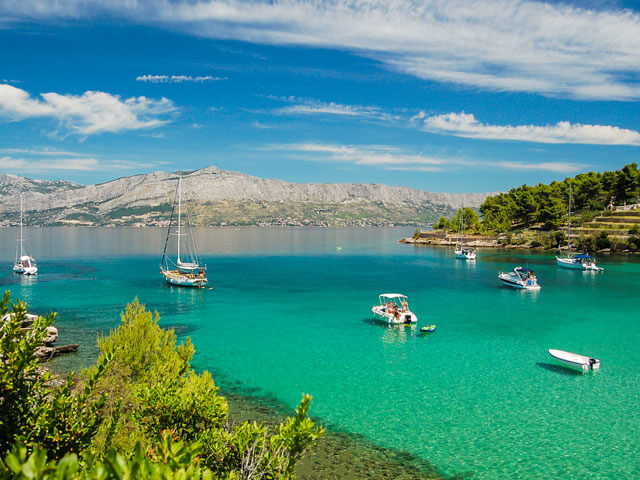
Inland there is much spectacular scenery and several national parks. The region of central Istria with its charming hilltop towns is within easy reach of the coast is often compared to Tuscany. The most notable national parks are the Plitbvica lakes, the Velebit National park and the Krka waterfalls. Croatia has a rich culture and history. The Roman were there and left their mark, such as the 1st Century amphitheatre in Pula (the sixth largest in the world) and the spectacular Diocletian’s Palace in Split. The later Venetians influence is apparent everywhere in the architecture of the towns on the coast and islands as many of these towns were under Venetian control during the middle ages.
Food and wine
Croatian food and wines are amazing with many regional specialities. Istria is famous for its truffles, olive oils and good wine. Sea food is excellent all along the coast and the Peljesac peninsular, particularly Ston and Mali Ston, are renowned for their fresh oysters.
Getting to Croatia
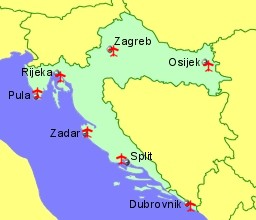
There are a several ways of getting to Croatia. Fly, drive or ferry. You can travel to Croatia by car from Austria and Italy passing through Slovenia or by commercial flights into one of seven airports. There are ferry crossings from Italy to Istria in the north and to Split and Dubrovnik in the south. Once in Croatia there is a good motorway network if you are driving and numerous ferry routes to and between the islands.
Flights
The principal airports in Croatia are Zagreb airport, Croatia's main international hub, Osijek airport in the very east of the country and the five coastal airports which serve the tourist centres. From northwest to south east down the Adriatic coast these airports are, Pula, Rijeka, Zadar, Split and Dubrovnik. Rijeka is the smallest of the airports and has a more limited schedule of direct flights from the UK and Europe. The other coastal airports have a wide range of direct flights from London, regional UK airports and other European centres.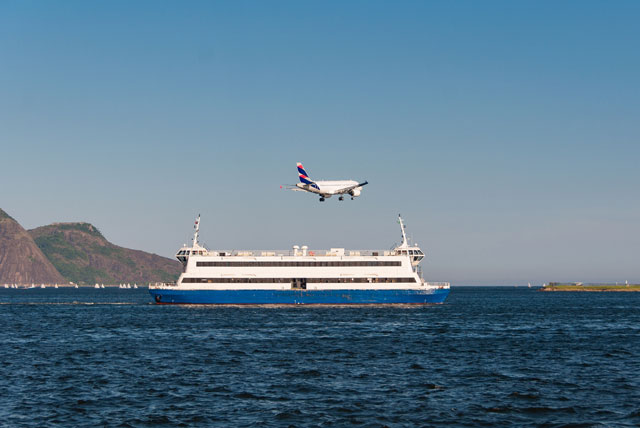
If travelling to the Istria region in Croatia it is feasible to consider flying to Trieste in Italy. The airport is 80 km (one hour) from the Croatian border. Treviso and Venice Marco Polo are further from the Croatian border (about 190 kilometres - perhaps 3 hours driving) but an ideal option if you want to extend your holiday with a day or two in Venice. Ljubljana airport in Slovenia is also an option if you are travelling to north Istria or the Kvarner region.
Bol Airport on Brac island is suitable for landing private jets and small passenger aircraft. There are no scheduled international flights direct to Bol but you can connect through Zagreb and Split. Bol is perfect for private jets taking you directly to an island with a great choice of luxury villas.



